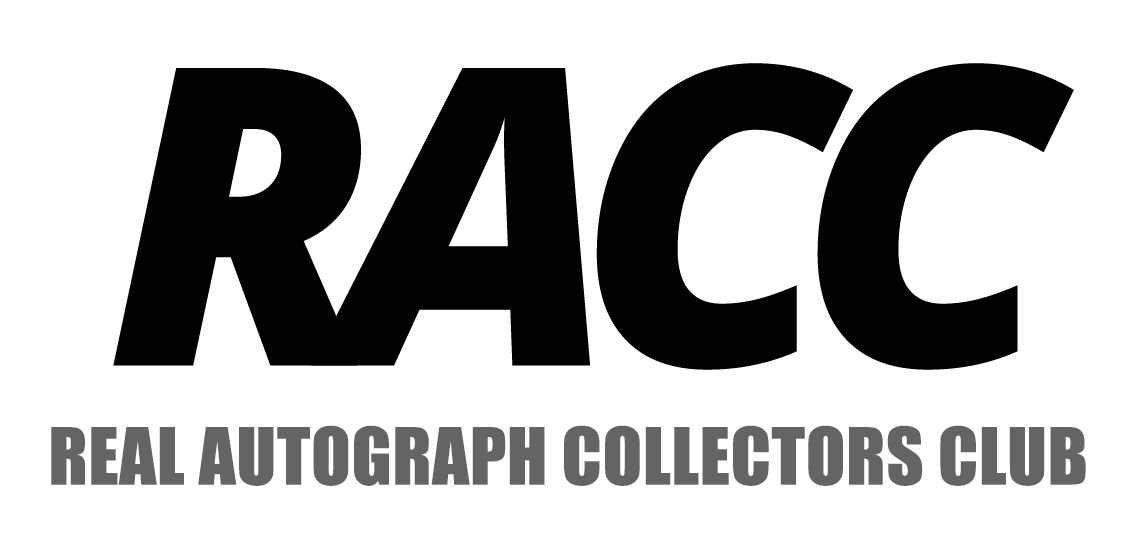Oliver Phelps Biography
- Home /
- Oliver Phelps /
- Biography

Phelps was born in Poquonock, Connecticut. His father died when he was 3, and his mother was left to raise their seventeen children. Phelps took a job at age 7 in a local store to help support his family. He married Mary Seymour, daughter of Zachariah and Sarah (Steele) Seymour. When he was 21 in 1770, they moved to Suffield, Connecticut, where he apprenticed to a local merchant, and in 1770 the couple moved to Granville, Massachusetts, where he opened his own store. They had a son, Oliver Leicester (22 September 1775 – 9 October 1813), and a daughter, Mary (5 September 1778 – 11 September 1859).\n', '
At the beginning of the Revolutionary War, Phelps joined the Continental Army and fought in the Battle of Lexington. He left the service in 1777 and, relying on his experience as a merchant, became Massachusetts Superintendent of Purchases of Army Supplies, a Deputy Commissary of the Continental Army. He was introduced to Robert Morris, the great financier of Revolutionary times. He supplied troops and received commendation from General George Washington for his efforts. He was a member of the Massachusetts House of Representatives from 1778 to 1780 and a member of the Federal Constitutional Convention in 1779 and 1780. After the war ended, he became a prominent businessman and was elected to the Massachusetts Senate in 1785 and served on the Governor’s council in 1786. He was elected as a Democratic-Republican to the Eighth United States Congress, holding office from March 4, 1803, to March 3, 1805, and ran unsuccessfully for Lieutenant Governor of New York in 1804 on the ticket headed by Aaron Burr.\n', '
The connections he established during the Revolutionary War aided his efforts in forming in 1788 a syndicate with Nathaniel Gorham, also a former member of the Federal Constitutional Convention. They organized a company of speculators, retaining 82 shares for themselves, and brought in competing companies to join in their effort. They sold 15 shares to the Niagara Company, composed of Colonel John Butler, Samuel Street, and other Tory friends of the Indians, and another 23 shares were divided among 21 persons. Following the American Revolution, there remained a confusing collection of contradictory royal charters from James I, Charles I, and Charles II, mixed with a succession of treaties with the Dutch and with the Indians, which made the legal situation intractable. Massachusetts owned land west of the "Preemption Line" in New York that was disconnected geographically from the rest of the state. New York and Massachusetts reached a compromise settling their competing claims for the region on December 1786 with the signing of the Treaty of Hartford. The syndicate lobbied for a law that was passed by the Massachusetts legislature that enabled them to buy land, payable over three years, using Massachusetts Consolidated Scrip, which was worth about 20 cents on a dollar at the time.\n', '
Return to Oliver Phelps Autograph Profile
Stats
Join the RACC Facebook Group!
The Real Autograph Collectors Club (RACC) on Facebook is the largest community of in person autograph collectors and fans in the world, with 25,000 members and growing!
When you click on links to various merchants on this site and make a purchase, this can result in this site earning a commission. Affiliate programs and affiliations include, but are not limited to, the eBay Partner Network.
Useful Links
WORLDWIDE RACC (Our Top Cities)
New York, NY
USA
Los Angeles, CA
USA
London
United Kingdom
Chicago, IL
USA
Toronto, ON
Canada


